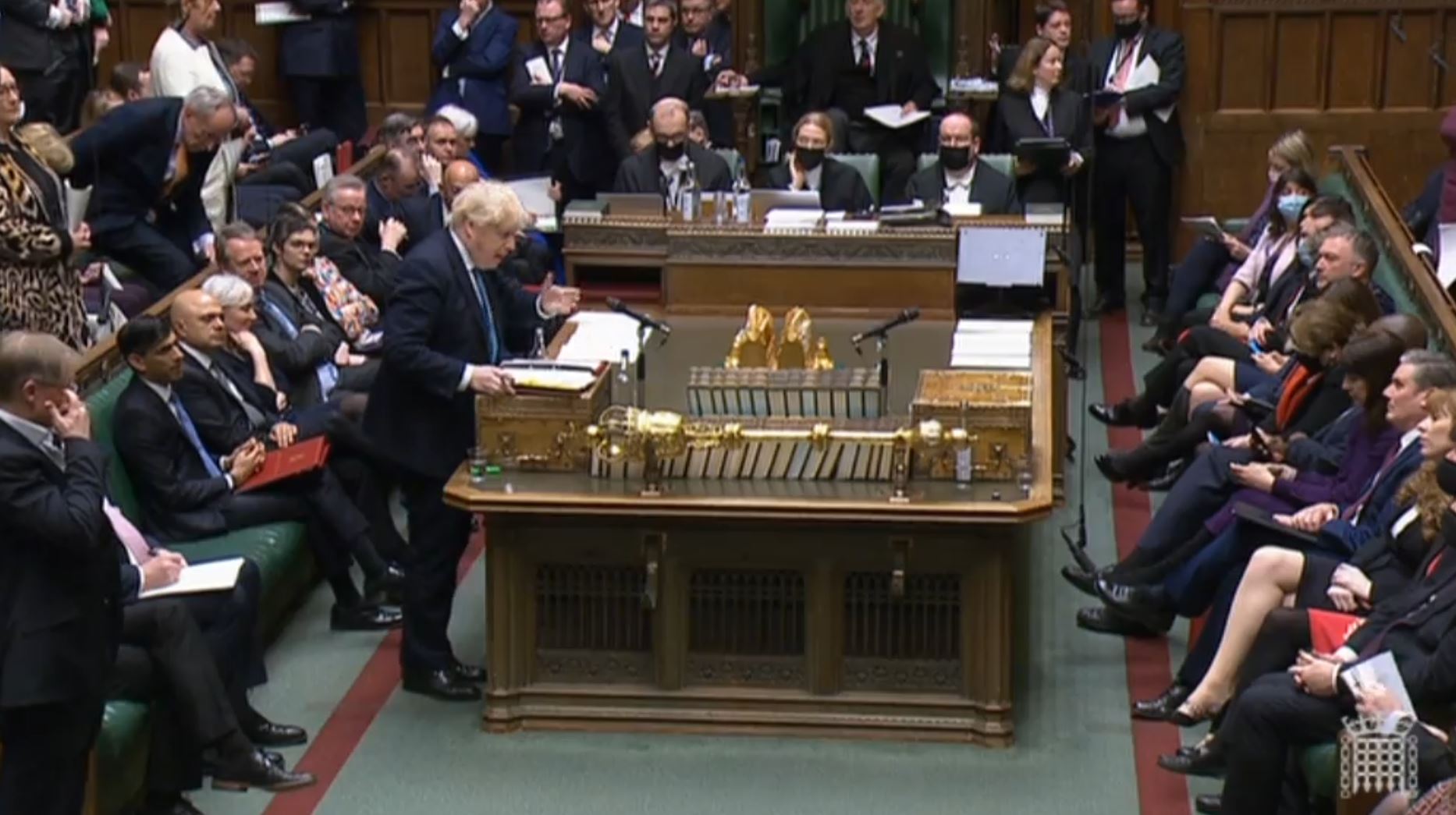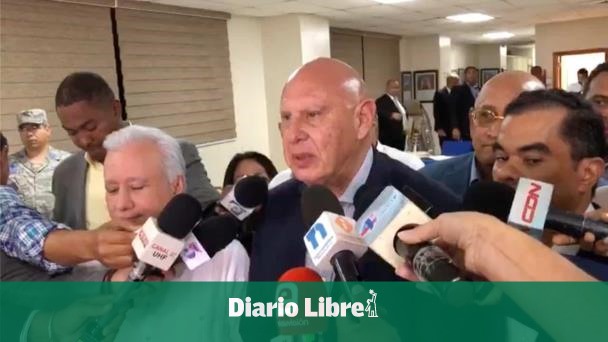After months of military and political restructuring, US President Joe Biden on Tuesday described Russia’s moves in Ukraine as “the beginning of a Russian invasion”.
Here’s what you need to know:
What did Russia do? On Monday, President Vladimir Putin ordered the deployment of troops to two separatist-controlled pro-Moscow areas in eastern Ukraine, Donetsk and Luhansk. The move comes just hours after he signed a decree recognizing the region’s independence.
Many US and Western officials have warned that this could be a starting point for a major military operation against Ukraine. An estimated 150,000 Russian troops now surround Ukraine on all three sides, according to US and Ukrainian intelligence officials.
How does Ukraine respond? On Tuesday, Ukrainian President Volodymyr Zhelensky said he would continue diplomacy as a way out of the crisis. Those assigned to military training will be called up, but there will be no general mobilization of the armed forces.
“We want peace and quiet, but if we are calm today, we will disappear tomorrow,” Zhelensky said.
How did the world react? Russia’s actions have been strongly condemned by several countries, with Western leaders imposing new sanctions on Tuesday and cutting off a major oil pipeline with Russia.
Biden announced that the United States would allow Russian financial institutions and oligarchy. The European Union approved 351 Russian lawmakers, voted to recognize the secession areas, and announced UK sanctions against five Russian banks and three Russian oligarchs.
On Tuesday, Germany said it had stopped certifying a $ 11 billion gas pipeline that would directly connect Russia with Germany. The North Stream 2 project was completed in September, but no final green light has been received from German regulators. Without it, natural gas would not be able to travel from Russia to Germany via the Baltic Sea pipeline.
On Wednesday, Japan and Australia joined the list of countries imposing sanctions on Russia, Donetsk and Luhansk.





